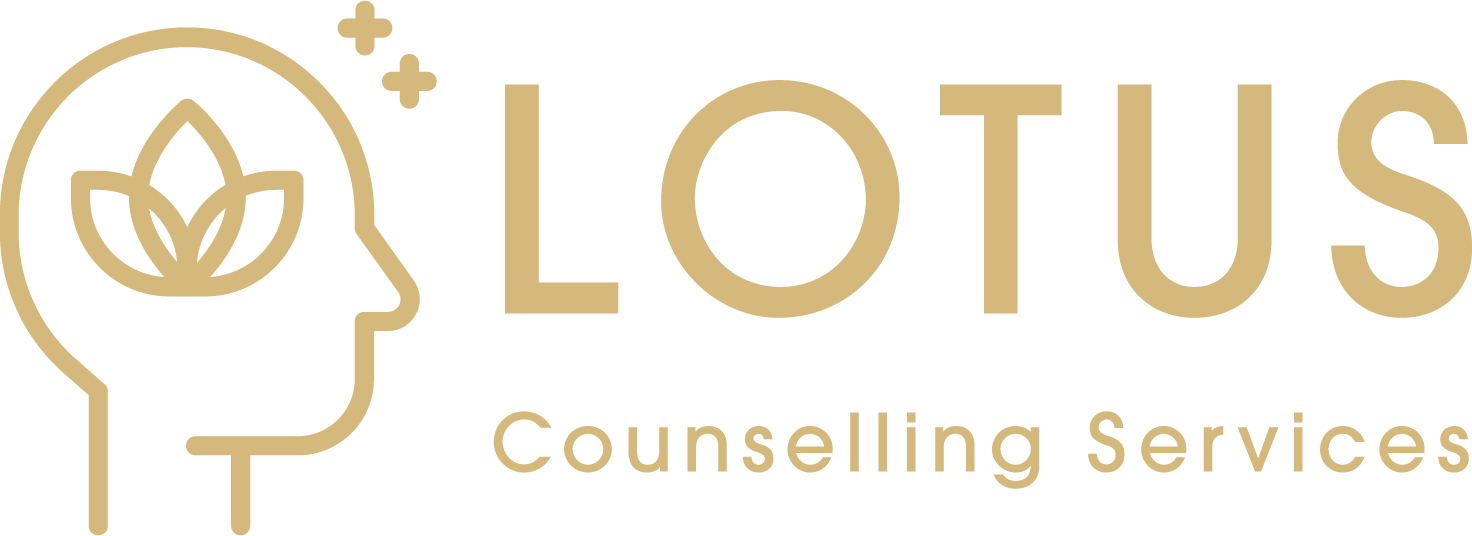
Cognitive Behavioural Therapy (CBT)
Cognitive Behavioural Therapy (CBT) was originally developed to treat depression, however it is now used to treat multiple mental health conditions and/or life stress stressors.
The goal of CBT is not to change people's thinking, but rather to teach people how to evaluate their thoughts, behaviours, physical sensations and moods in a critical way.
The focus of CBT is to learn to re-evaluate distorted negative thinking and to develop personal coping strategies that target solving current problems. CBT is a "problem-focused" and "action-oriented" form of therapy that teaches new information-processing skills and coping mechanisms.
The therapist's role is to work with the client in finding and practicing effective strategies to address the identified goals and alleviate symptoms of the disorder.
CBT aims to help you manage overwhelming problems in a more positive way by breaking them down into smaller parts.
CBT can be seen as having six phases:
Assessment or psychological assessment
Reconceptualization
Skills acquisition
Skills consolidation and application training
Generalization and maintenance
Post-treatment assessment follow-up
Some skills that you will learn are:
Learn how to become aware of unhelpful thoughts and how they impact your emotional state
Learn to have a more logical understanding of other people’s actions
Lean to challenge automatic assumptions
Learn to accurately assess reality
Learn to cope with triggering or upsetting situations
Learn positive self-talk and how to boost confidence
Lean relaxation techniques
“In the best cognitive therapy, there is no answer. There are only good questions that guide discovery of a million different individual answers”
-Padesky, 1993







